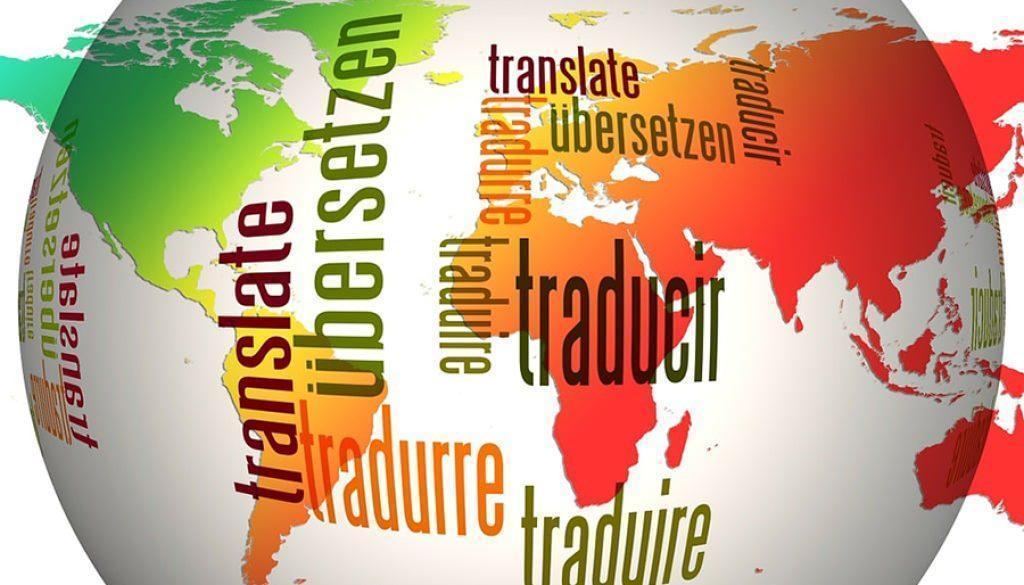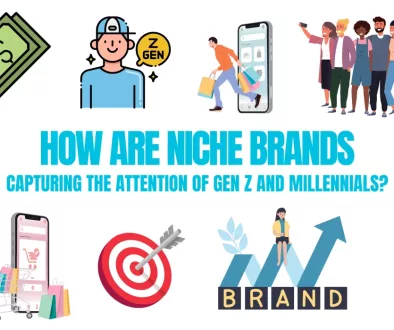Translation vs Transcreation: which one is the right choice for your business?
When a business expands in a new country with linguistic and cultural differences, it should be emphasized to ensure the brand’s message and identity are correctly conveyed to its new audience.
Two terms commonly used in interlingual communication, translation, and transcreation, seem to cause confusion. This article aims to explain these terms, their differences, and similarities, and help you decide which one you should use when entering a new market.
A great example of why distinguishing between translation and transcreation is essential comes from the fast-food chain KFC. You might have heard their famous slogan, “It’s finger-licking good,” immediately recognized as synonymous with KFC.
When the brand expanded to China in the 1980s, its slogan was somehow translated into “Eat your fingers off.” However, this bad start did not hurt the fast-food giant, as KFC is currently the leading limited-service fast-food chain in China, with over 9,000 KFC restaurants all over China, in approximately 1800 cities.
Another popular example is when the popular carbonated drink Pepsi mistranslated their slogan “Come alive with Pepsi” in Chinese to “Pepsi brings your ancestors back from the dead.”
These types of mistakes show that when entering a new market, it is crucial to be mindful of cultural and linguistic differences and ensure that linguistic adaptation is done correctly.

What is Translation?
Translation is converting text from an original (source) language to a new (target) language while preserving the text’s original meaning. Translation requires a great understanding of both the source and target languages so it can be done effectively.
The text needs to be translated and adapted to the new language so the readers can understand it.
Translations stay as faithful and accurate to their original texts as possible. Translators will communicate the content of a text in another language while keeping the tone, message, and style a text was written unchanged.
What is Transcreation?
Transcreation, a term that comes from “Translation” and “Creation,” is a more creative approach to multilingual communication. While a translation’s purpose is to convey the same content and message as its source text, a transcreation goes a step beyond and accounts for not only the message of the text but also its cultural adaptation, persuasiveness, and creativity.
For successful transcreation, one must be very knowledgeable in the source and target languages, cultural differences and values, and communication style. Transcreation is a mix of translation, creative writing, and localization.
Transcreation’s great benefit is the ability to overcome cultural differences and social nuances between two or more societies and help a business reach a specific target audience in the most culturally acceptable form possible.

Which one is right for your business?
Several factors must be considered when deciding whether to use translation or transcreation.
- The purpose of the text. The purpose of the text is one of the most important factors to consider when deciding whether you should translate or transcreate your text. If the text is more literal, e.g., medical texts, user manuals, academic papers, etc., then the best option is translation. Translation is a better fit because these texts have important contents that are better left unchanged, and a translation will be the best choice.On the other hand, for texts that are more creative in nature, e.g., marketing campaigns, slogans, copy, etc., transcreation will be the better alternative. Because the source text was made with a specific target audience in mind, it should be considered that in a new market, that target audience, alongside their needs, will change. Thus the information the text communicates to the reader will need to be adapted.
- Marketing Strategy. Choosing between translation and transcreation depends on a business’s marketing strategy. Suppose the company has a strong brand image that they want to maintain throughout different markets. In that case, translation will be a better choice, as it will retain a consistent identity across diverse audiences. If the brand prides itself on flexibility and adaptability, then the better option would be transcreation, allowing them to better adapt to different customers and audiences.
- Evaluate the target market. Another factor to consider is the target market that you are trying to reach. If your goal is to engage with your audience on a deeper level, then transcreation might be the way to go because the new text will be tailored to the new audience. If, on the other hand, the text is purely informative and surface-level, then a translation will be a better choice.
- Time and budget constraints. Because transcreation requires more research, naturally, it will take more time and cost more. If you are facing budget constraints or need your linguistic adaptation done quickly, then translating will allow that. If, on the other hand, you are trying to develop a long-term strategy in a new market, then the extra cost and time it takes for a transcreation will be more beneficial to your business.
These are the critical factors to consider when deciding between transcreation and translation. Because every business and project are unique, you must carefully check your project through these points and decide whether translation or transcreation will be the right fit. You can contact us for a free quote for whichever one you choose to use!

Conclusion
In conclusion, when expanding your business to new markets, it is vital to identify whether you will use translation or transcreation for your needs. Translation focuses on faithfully conveying the text’s original meaning while adapting it to the target language. Transcreation, on the other hand, uses a more creative approach, using cultural adaptability, persuasiveness, and inventiveness to interest readers.
Consider factors such as the objective of your writing, your marketing plan, your target market, and any time or financial restrictions when deciding between translation and transcreation. Translation benefits literal texts, such as technical or medical material. Creative writings, such as marketing campaigns and slogans, may profit more from transcreation. In addition, your marketing approach will influence your decision.
Because each business and project are unique, consider these factors to determine if translation or transcreation is a better fit for your requirements.



